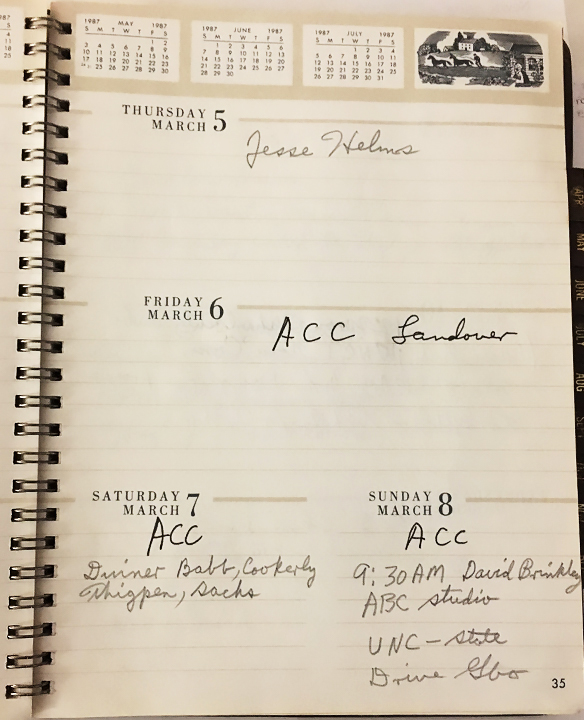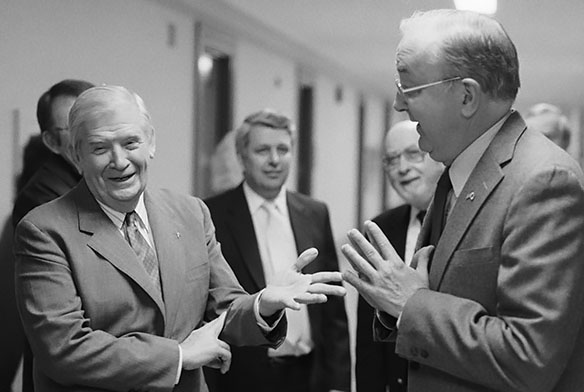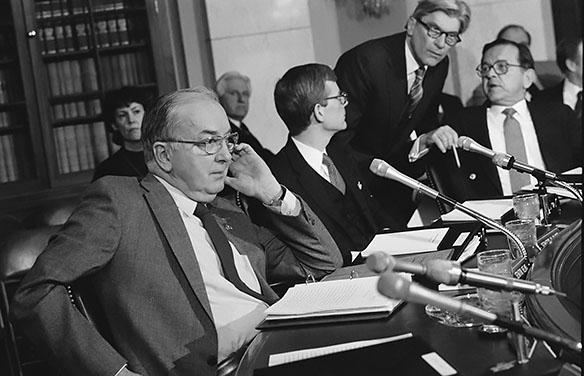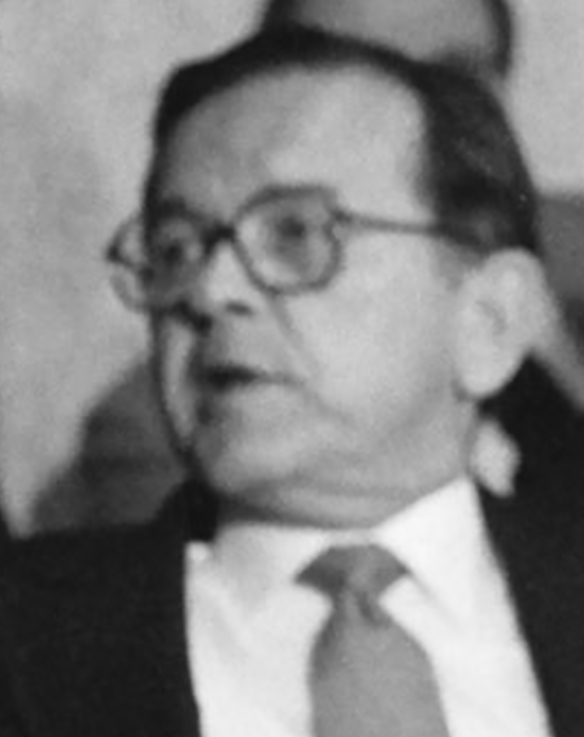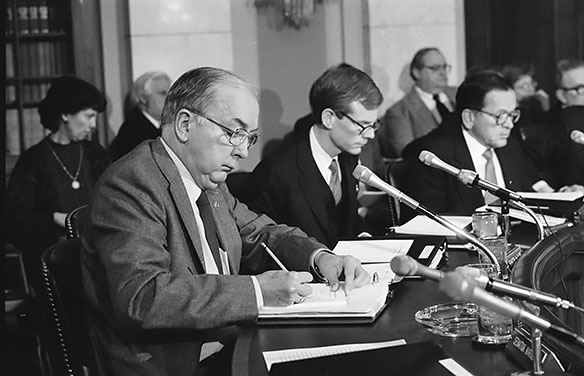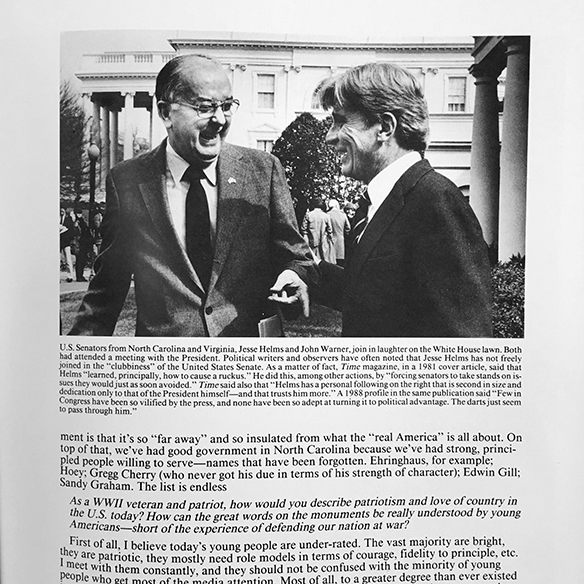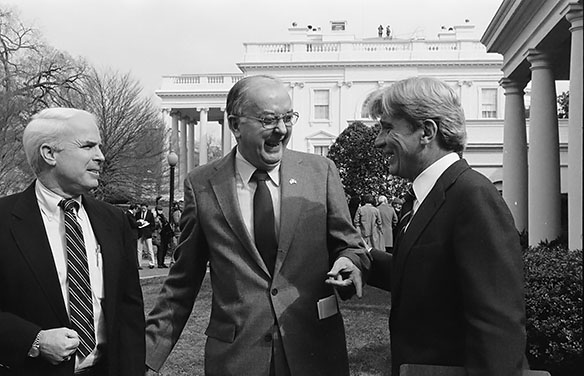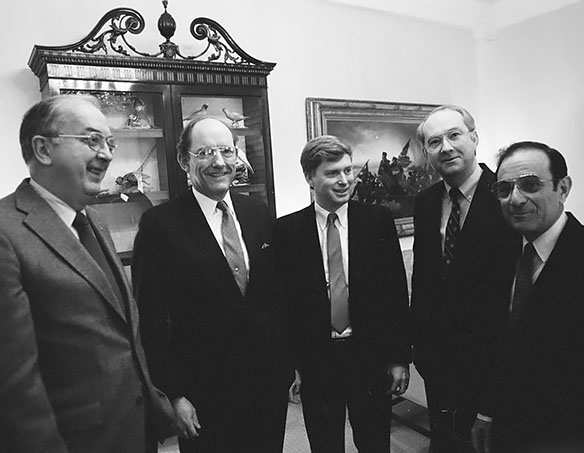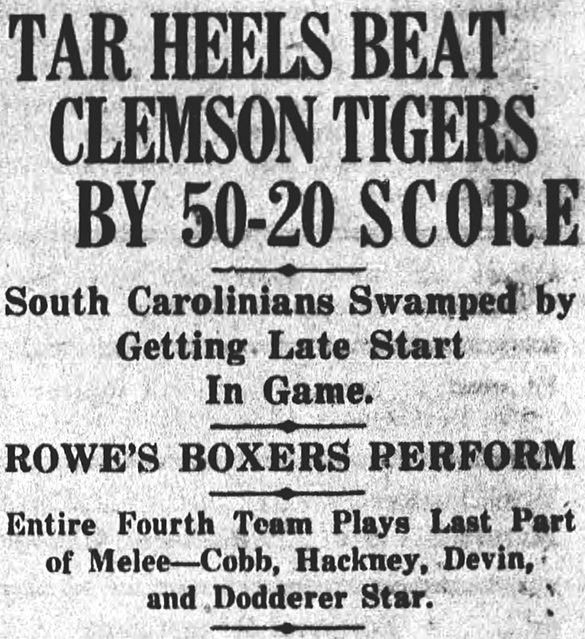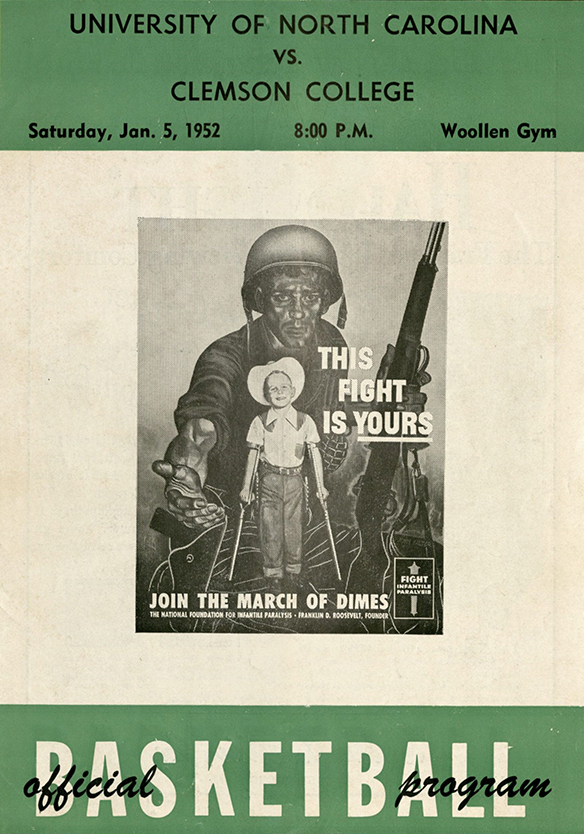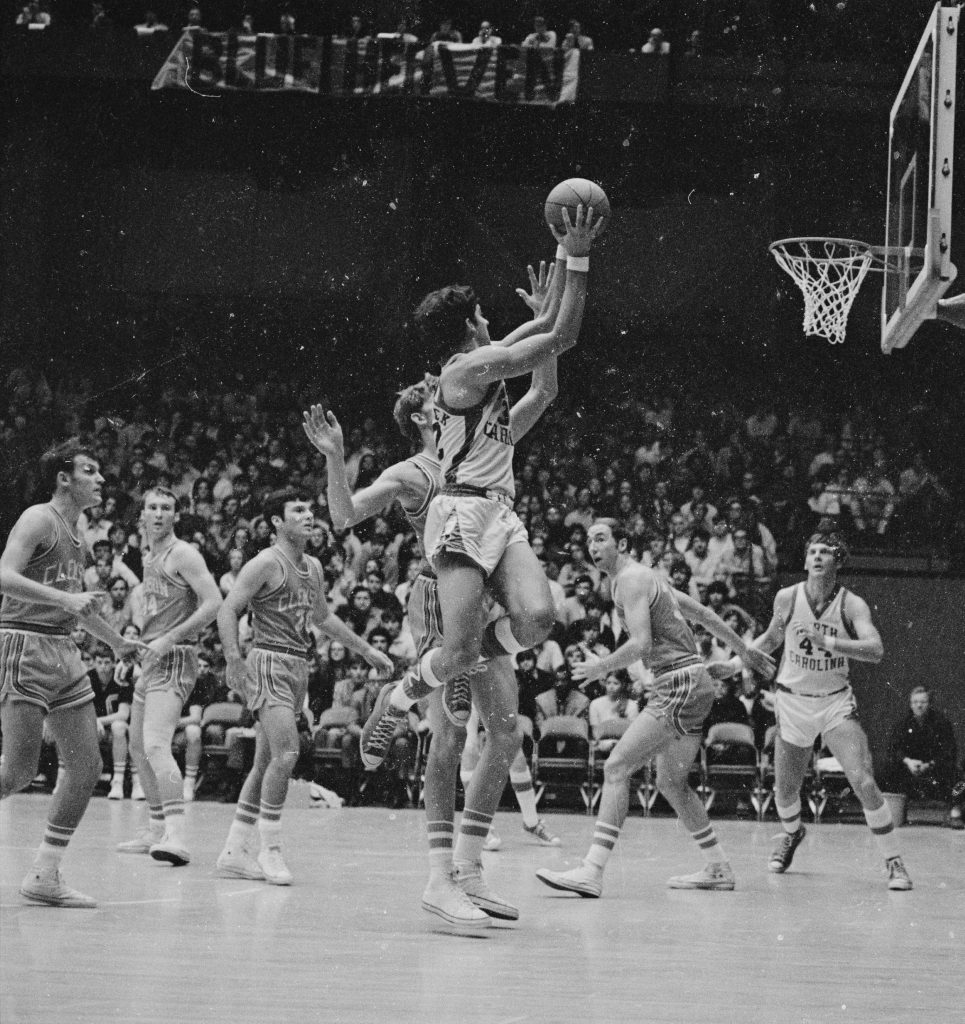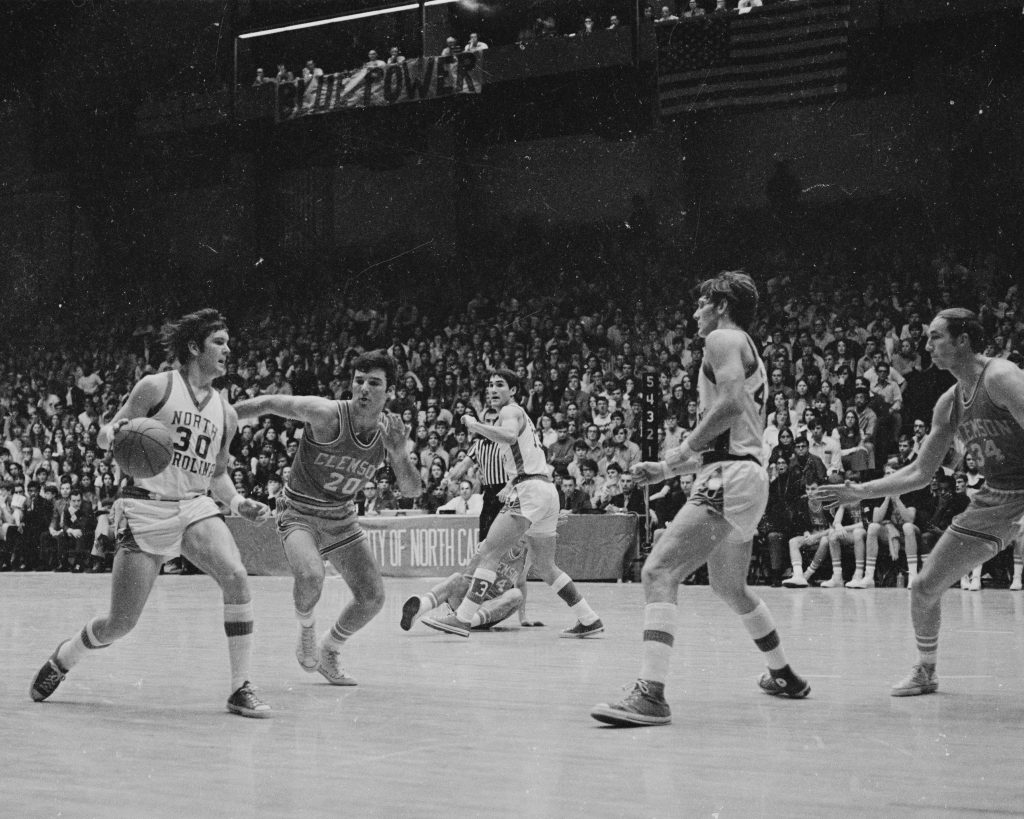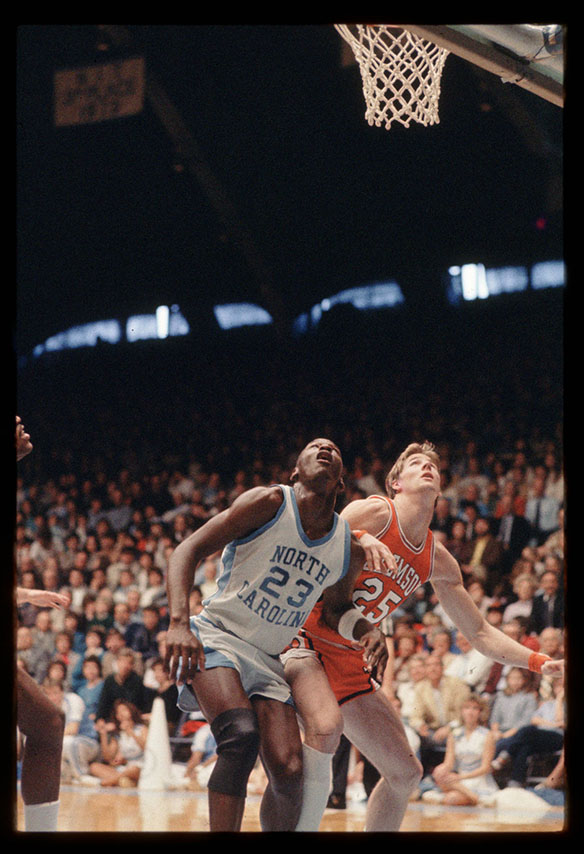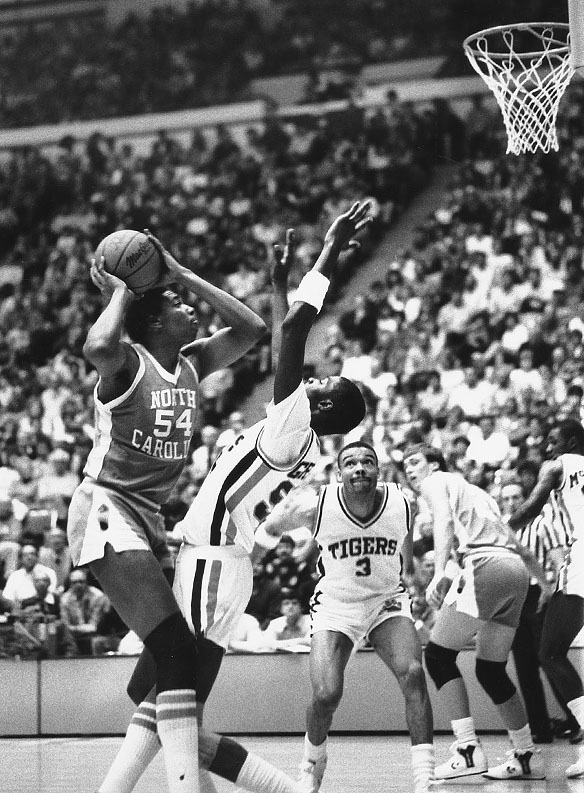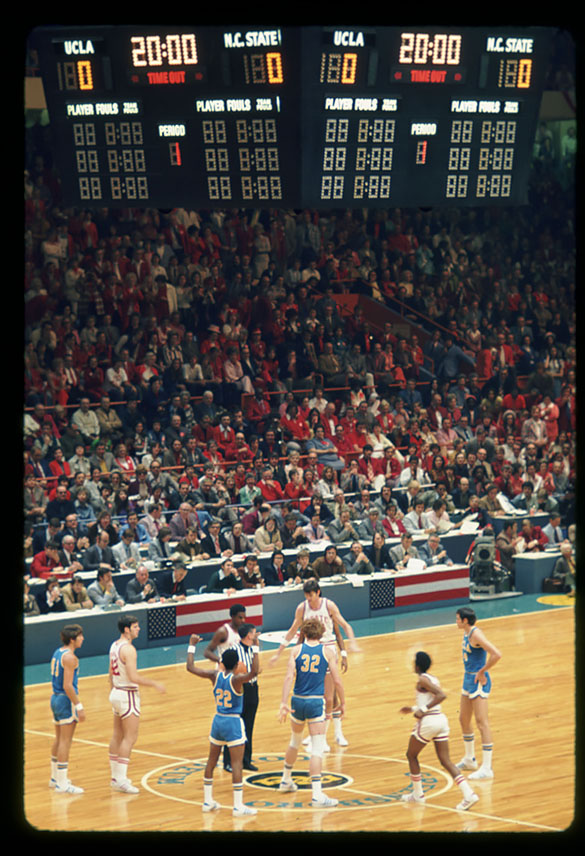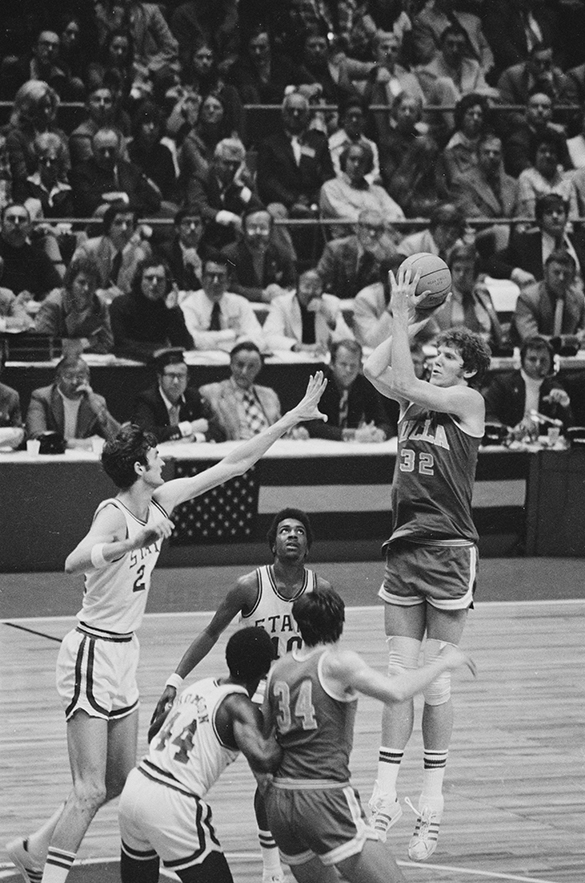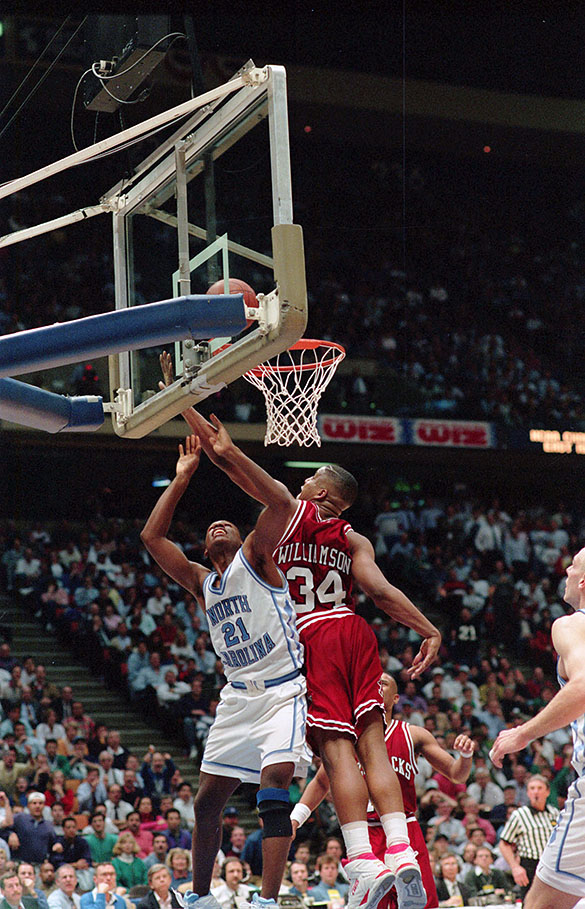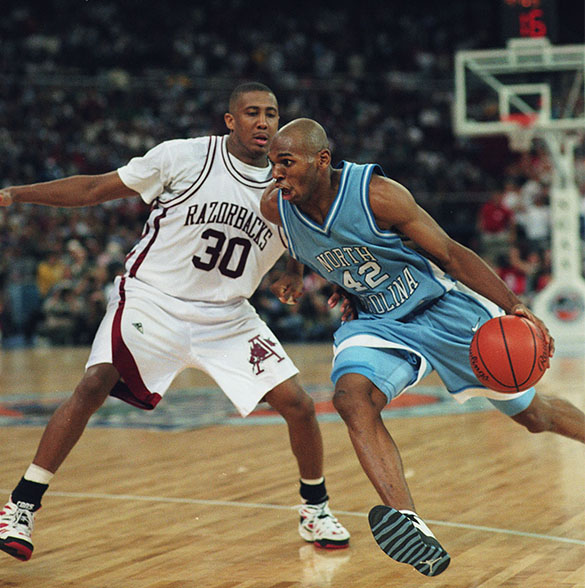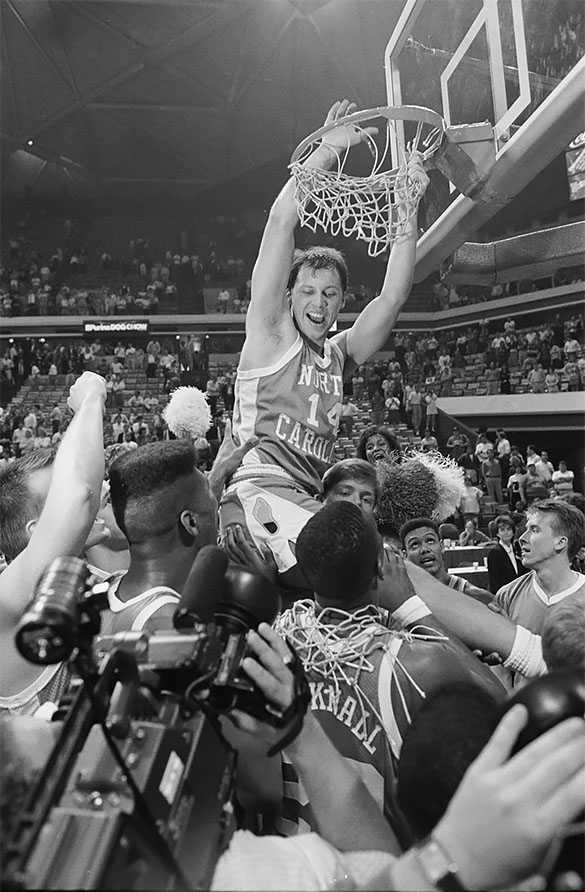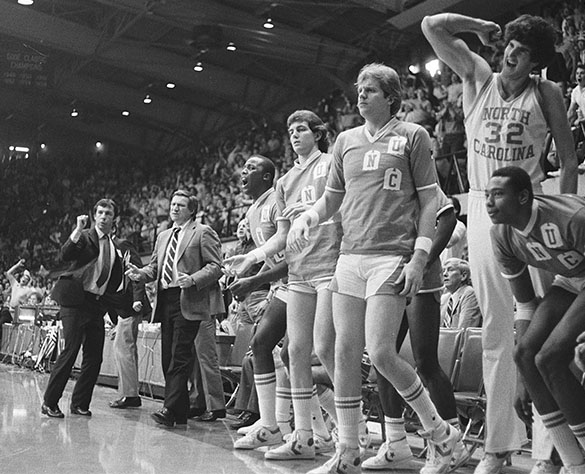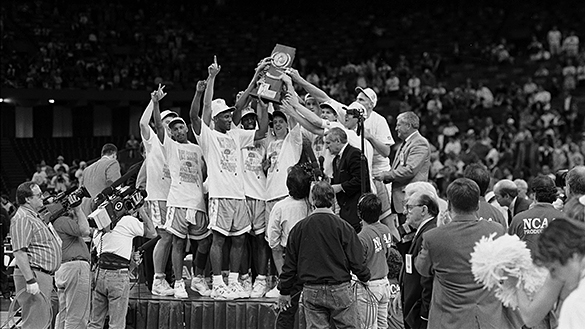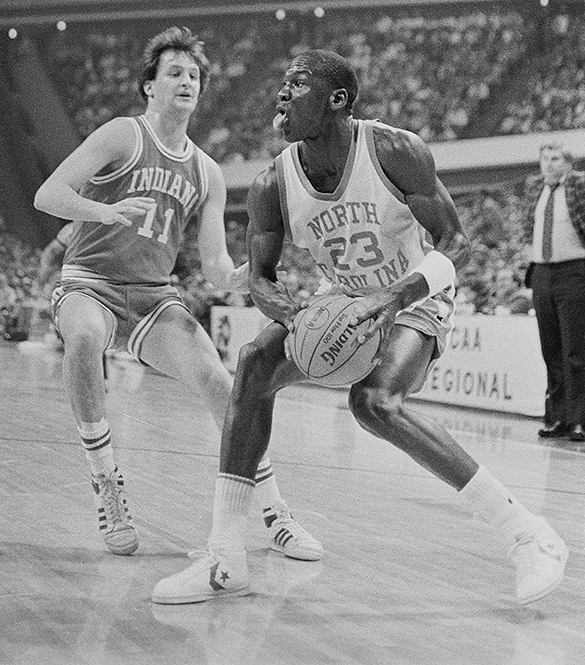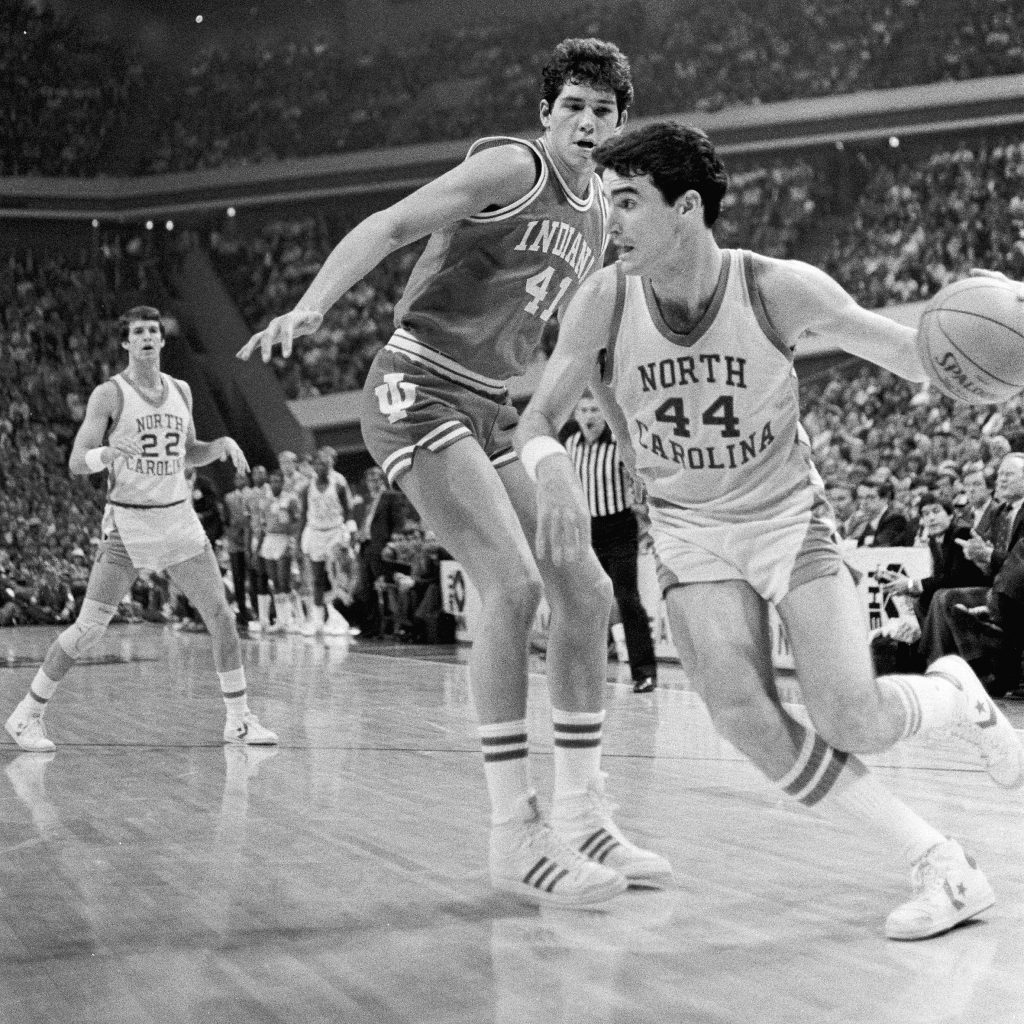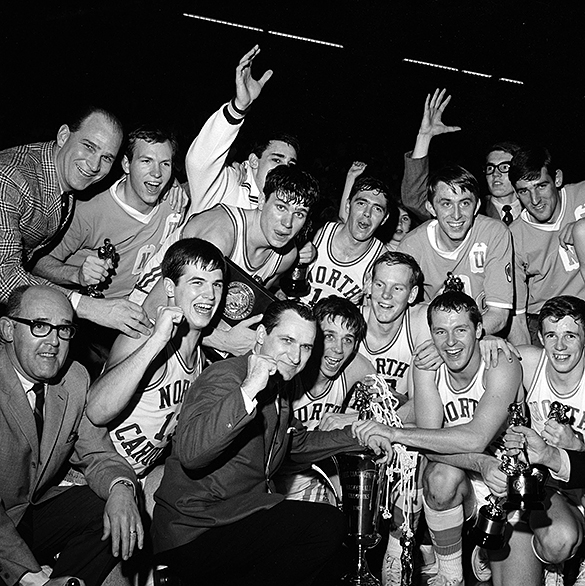
The 65th annual Atlantic Coast Conference men’s basketball tournament will be staged in Brooklyn, New York beginning today, March 6th, 2018. The tournament will return to North Carolina next year when the event will play out in Charlotte. In 2020 the tournament will return to Greensboro for the 28th time, a series that began in 1967.
Morton collection volunteer/contributor Jack Hilliard takes a look back at the ’67 UNC season and an ACC Tournament which was one for the record books.
Carolina’s 1966-67 basketball season got off to a routine start, but finished in a flurry of firsts. An eleven-point win in Chapel Hill against Clemson for the nineteenth straight time tipped off the season, but was hardly anything to write home about. Next was a trip to the Greensboro Coliseum for a thirty-point victory against Penn State, followed by seven straight wins—including a win at Kentucky and two more visits to the Greensboro Coliseum with wins over NYU and Furman. As the season played out, the Tar Heels lost only four regular season games, and they headed into the 1967 ACC Tournament as the regular season conference champion with an ACC record of 12–2.
For the first time since its beginning in 1954, the ACC played its conference tournament away from Reynolds Coliseum in Raleigh. In 1966 the conference established a rotation arrangement for tournament hosts, electing to play the 1967 tournament at the Greensboro Coliseum—much to delight of UNC Head Basketball Coach Dean Smith. Smith had favored a neutral site for the tournament and he thought Greensboro was a good fit, even though the coliseum, at that time, had 3,600 fewer seats than Reynolds Coliseum.
Coach Smith and his North Carolina Tar Heels came into the tournament as the number one seed. This was only the second time UNC had been seeded as tournament number one, the first time being the year of “McGuire’s Miracle” after the 1956-57 regular season.
Photographer Hugh Morton made the trip up from his home in Wilmington to document this first Greensboro ACC tournament. (Morton was a fixture courtside at the ACC Tournaments and much of his work can be found in the 1981 book The ACC Tournament Classic by Hugh Morton and Smith Barrier.) Currently there are sixteen photographs made by Morton during the tournament available for viewing in the online collection. The Morton collection finding aid indicates that thirty-four black-and-white and eight color photographs from UNC’s games versus North Carolina State, Wake Forest, and Duke.
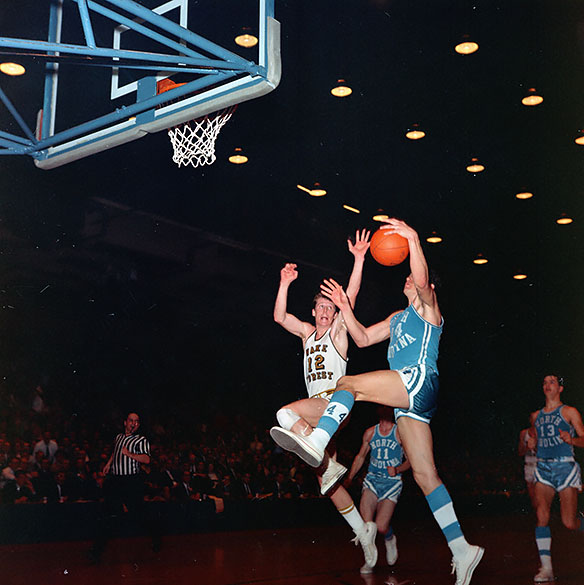
Three days before the tournament, Greensboro Daily News sports editor Smith Barrier predicted Duke would take the tournament despite the fact that Carolina had beaten Duke twice during the regular season.
The 1967 ACC Tournament, the 14th annual event, tipped off at 1:30 PM on Thursday, March 9th with 8,766 fans watching South Carolina beat Maryland 57–54. Duke defeated Virginia 99–78 in the second afternoon game.
The first round evening game pitted North Carolina against North Carolina State—a game that turned out to be much closer than most expected. Since Carolina was 12—2 in the ACC and State was 2–12, most folks thought the Tar Heels would have no trouble. Head coach Norman Sloan and his Wolfpack had a different idea. At the half the score was tied at 26. Carolina was able to hang on and win 56–53. The second evening contest saw Wake Forest defeat Clemson 63–61 in double overtime.
On Friday, March 10th, the first semifinal game had Smith’s Tar Heels playing Jack McCloskey’s Wake Forest Demon Deacons. Wake led by four at half, 38–34, but thanks to Larry Miller’s 29-point-second-half, the Tar Heels came away with 89–79 victory. The second Friday game had coach Vic Bubas’ Duke Blue Devils beating coach Frank McGuire’s South Carolina Gamecocks 69–66 and set up a Duke–Carolina final.
UNC All American Larry Miller had cut out Smith Barrier’s newspaper column predicting a Duke championship, and on championship game day he put the clipping in his shoe.
At 8:30 PM on Saturday, March 11, 1967 it was the “Battle of the Blues.” Carolina, for the first time in the tournament, played like most Tar Heel fans thought the number one seed should play and led 40–34 at half. Thanks to Larry Miller’s 32 points, the Tar Heels held on to win 82–73, but the game was really closer than the nine point difference. Coach Smith got a ride on the shoulders of his winning players and called the Duke win “the greatest victory I’ve had as a coach.”
Miller took home the Outstanding Player award. Following the post game press conference, he presented the clipping to Smith Barrier. According to author Art Chansky in his 2016 book Game Changers, Barrier “took it in good spirit.” Sandy Treadwell, Managing Editor of The Daily Tar Heel wrote in the March 12th issue, “The Tar Heels ended a long road of twenty-eight basketball games. It was a road that took them into national prominence, and which last night earned them a ticket to the NCAA Eastern Regional Tournament in Maryland later this week.”
When the 14th annual Atlantic Coast Conference ended, a total of 35,064 fans had witnessed a tournament for the record books. Historians of the game went to work and discovered it was the first time that:
- the conference played the tournament outside Reynolds Coliseum in Raleigh. (The tournament hasn’t been played in Raleigh since 1966, but there is currently talk of playing the tournament, or part of the 75th anniversary tournament in Raleigh in 2028.)
- the conference played the tournament in the Greensboro Coliseum. (Since then, Greensboro has hosted the tournament twenty-seven times.)
- UNC’s Dean Smith won the ACC Tournament Championship. (Smith’s teams went on to win a total of thirteen ACC Tournaments before his retirement following the 1997 season.)
- UNC had beaten the three other members of the “Big Four” (Duke, N.C. State, and Wake Forest) during an ACC Tournament—a fete that hasn’t happened since.

